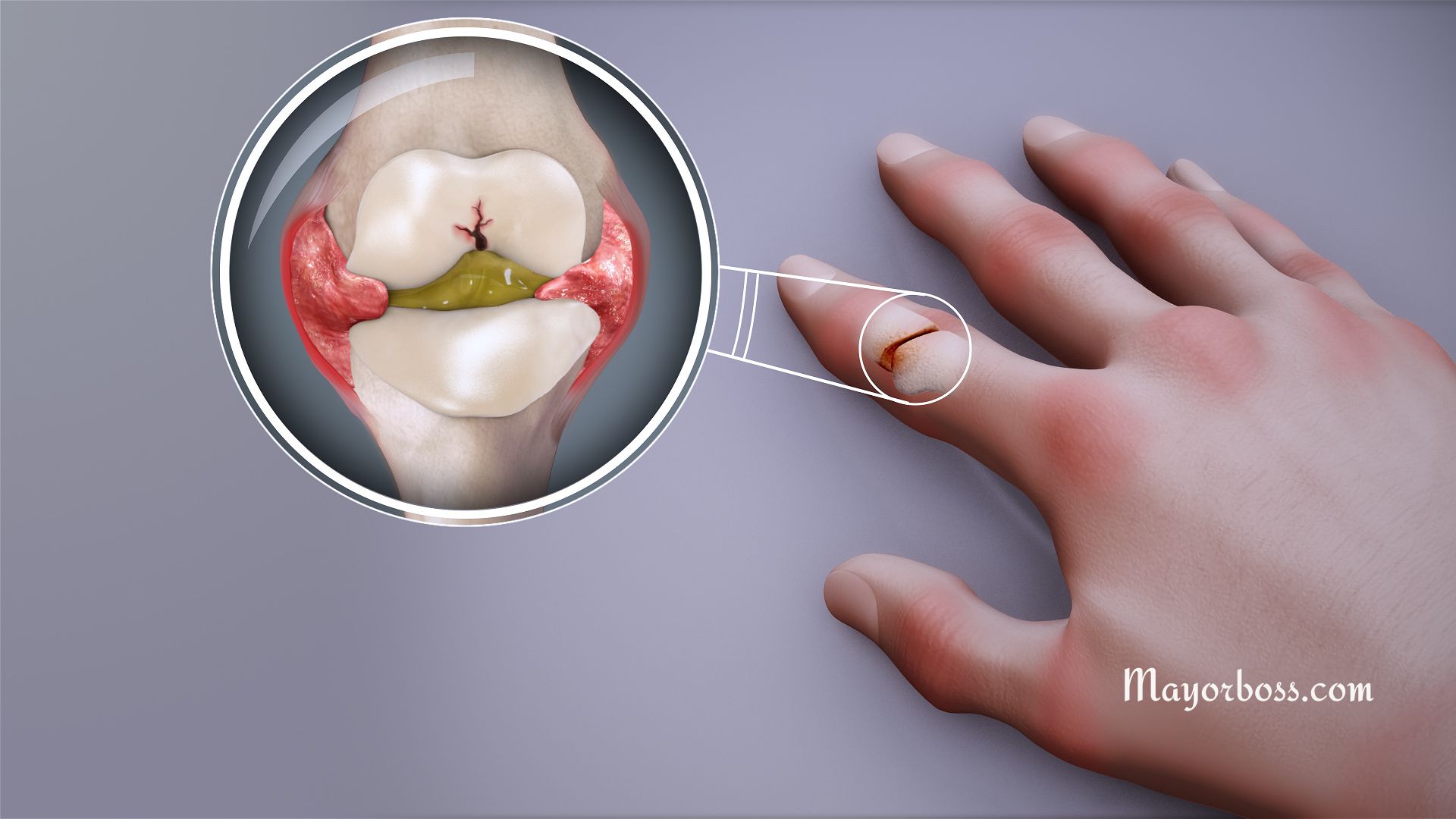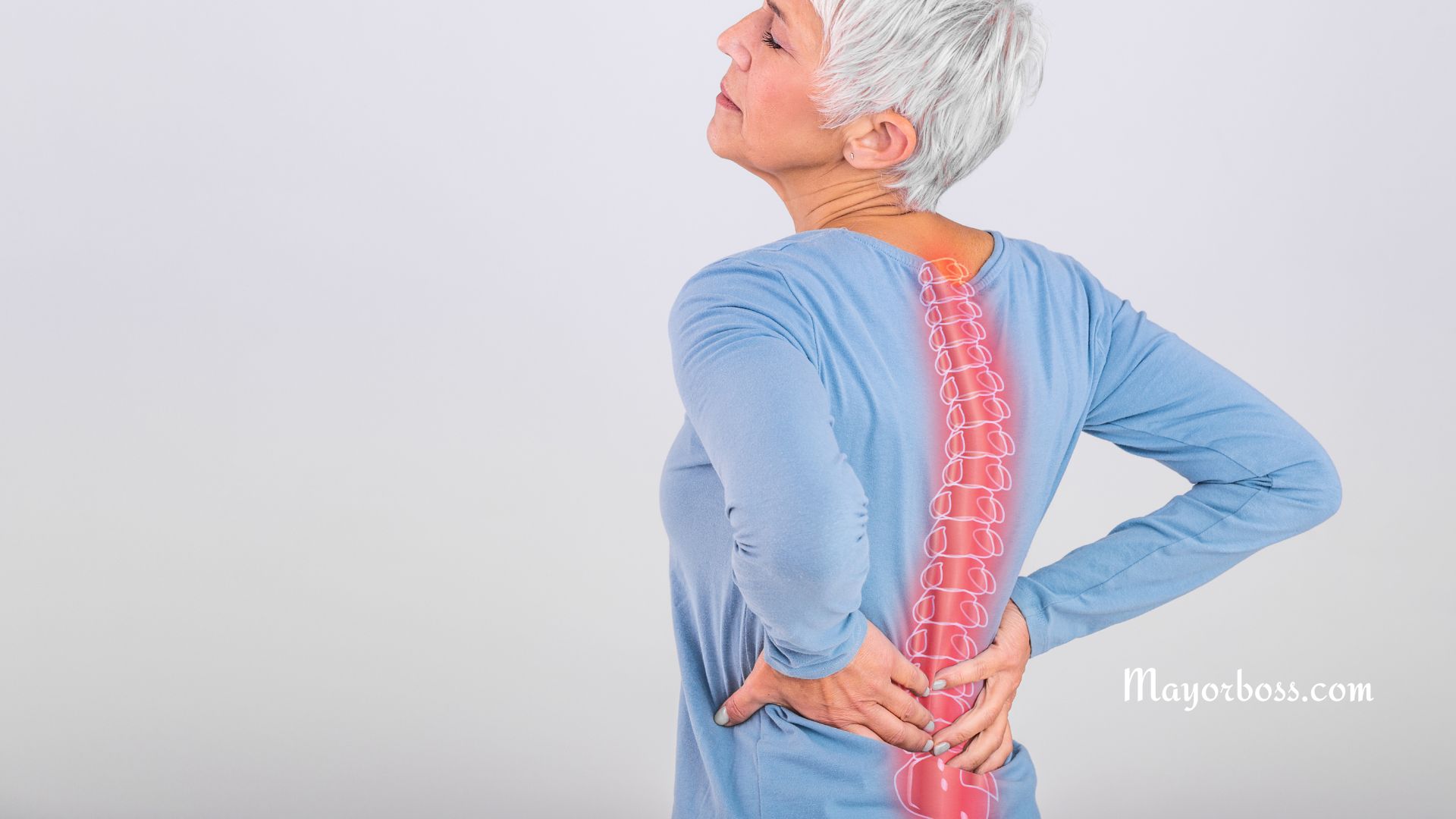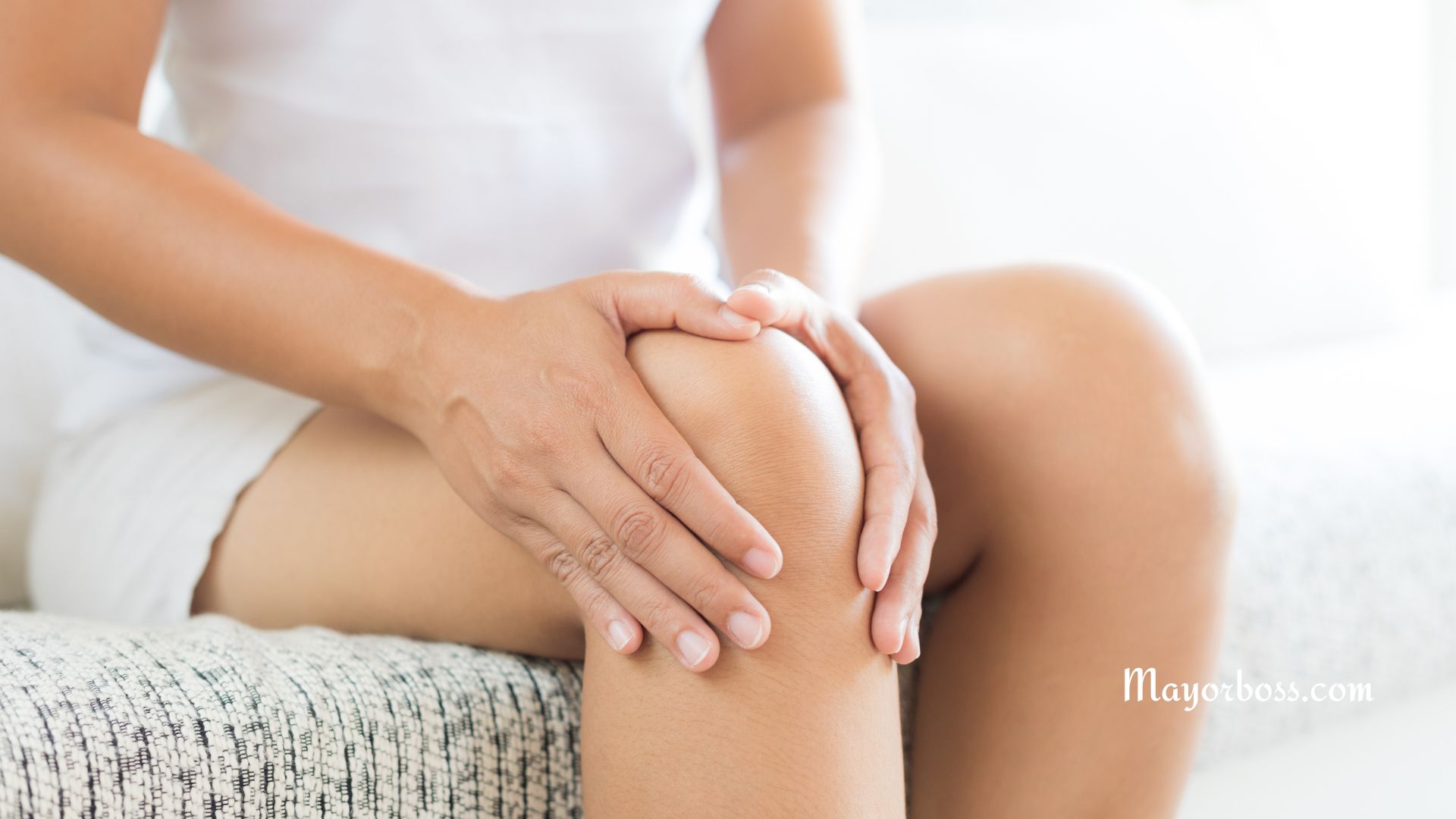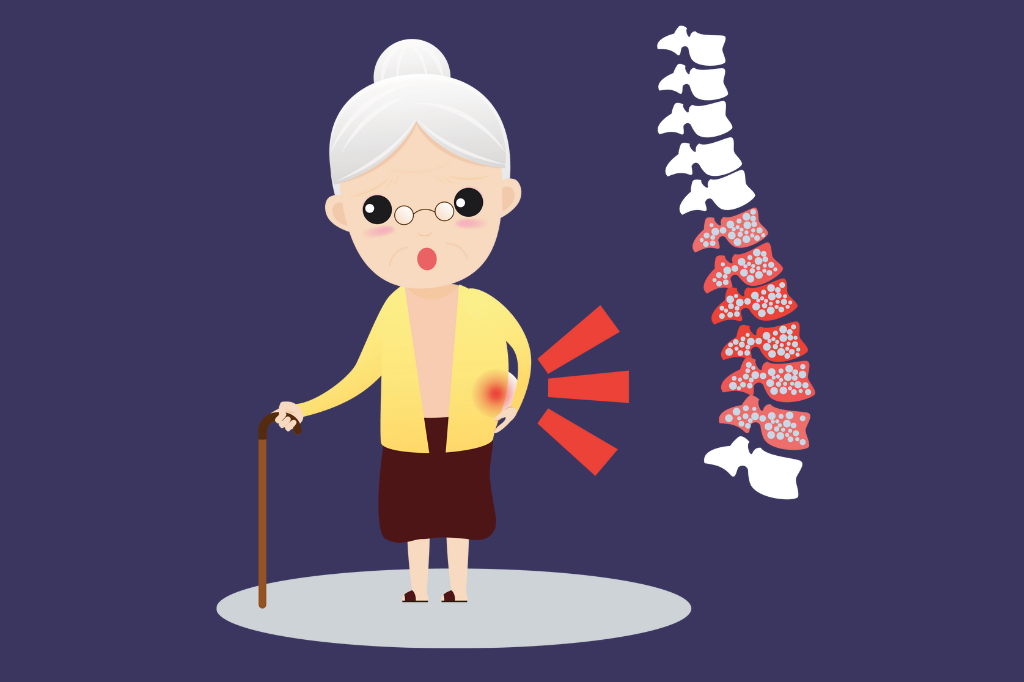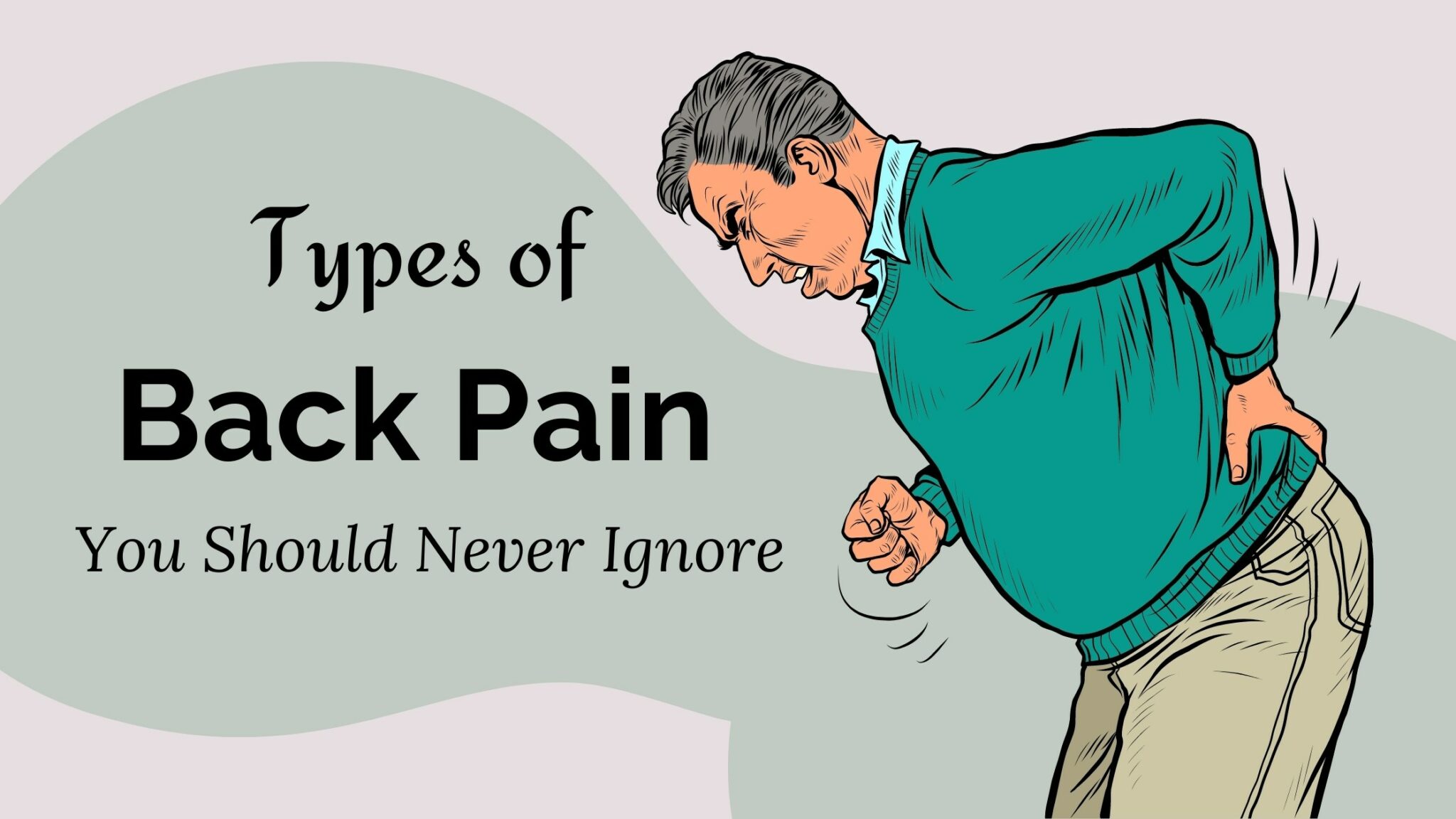What Causes Elbow Pain?
Elbow pain can be a frustrating and limiting issue, affecting daily activities and sports performance. This article will delve into the anatomy of the elbow joint, common causes of elbow pain, and how you can prevent or alleviate it.
Remember, if you’re experiencing prolonged or severe pain, it’s essential to consult a medical professional.
Anatomy of the Elbow Joint
The elbow is a complex hinge joint formed by the meeting of three bones:
- The humerus (upper arm bone)
- The radius (forearm bone on the thumb side)
- And the ulna (forearm bone on the pinky side).
This joint is supported by various muscles, tendons, and ligaments, which enable you to bend and straighten your arm and rotate your forearm.
Common Causes of Elbow Pain
Generally, there are several possible causes of elbow pain, ranging from acute injuries to chronic conditions. Let’s explore some of the most common types of elbow injuries and conditions:
Tennis Elbow (Lateral Epicondylitis)
Tennis elbow, medically well-known as lateral epicondylitis, is a common cause of elbow pain. It results from overuse or strain of the tendons and muscles that extend the wrist and fingers, causing inflammation and pain on the outside of the elbow.
Despite its name, tennis elbow affects not only tennis players but also people who engage in repetitive activities involving gripping, such as carpentry or typing.
Golfer’s Elbow (Medial Epicondylitis)
Golfer’s elbow, clinically known as medial epicondylitis, is similar to tennis elbow but affects the inside of the elbow. It’s caused by overuse or strain of the tendons and muscles responsible for wrist and finger flexion, resulting in pain and inflammation.
Like tennis elbow, a golfer’s elbow can impact people who participate in various activities involving repetitive gripping or wrist flexion.
Fractures
Elbow fractures can occur due to a fall, direct blow, or twisting injury. Common symptoms include severe pain, swelling, bruising, and difficulty moving the elbow. If you suspect a fracture, seek immediate medical attention.
Bursitis
Elbow bursitis occurs when the bursa—a small fluid-filled sac that cushions the bones, tendons, and muscles near the elbow joint—becomes inflamed. Bursitis can cause pain, swelling, and tenderness at the back of the elbow. It can result from repetitive motion, direct trauma, or an infection.
Arthritis
Arthritis can be another cause of elbow pain. The two main types of arthritis that affect the elbow joint are osteoarthritis and rheumatoid arthritis.
Osteoarthritis happens when the cartilage that cushions the bones in the joint wears away, leading to bone-on-bone contact and causing pain, stiffness, and reduced range of motion. Rheumatoid arthritis is an autoimmune disease that causes inflammation in the lining of the joint, resulting in pain, swelling, and stiffness.
In both cases, early diagnosis and appropriate treatment can help manage symptoms and maintain elbow function.
Other Factors Contributing to Elbow Pain
In addition to the injuries and conditions mentioned above, other factors can contribute to elbow pain:
- Overuse: Performing repetitive motions (like household chores) or placing excessive stress on the elbow can cause pain over time.
- Poor technique: Incorrect form while exercising or playing sports can put unnecessary stress on your elbow, leading to pain and injury.
- Aging: As you age, the tendons, ligaments, and cartilage in your elbow may become less flexible and more prone to injury.
Practical Advice for Preventing and Alleviating Elbow Pain
To prevent or alleviate elbow pain, consider the following tips:
- Rest: Give your elbow a break from activities that may be causing pain.
- Ice: Apply ice to the affected area for 15-20 minutes several times a day to reduce inflammation.
- Strengthening exercises: Perform exercises that target the muscles around your elbow to improve strength and stability.
- Maintain proper technique: Ensure you’re using the correct form while performing exercises or sports to minimize the risk of injury.
When to See a Medical Professional
If you’re experiencing prolonged or severe elbow pain, it’s crucial to consult a medical professional for a thorough evaluation and appropriate treatment. Reputable healthcare providers specializing in treating elbow pain include orthopedic surgeons, sports medicine physicians, and physical therapists.
They can help you identify the cause of your pain, develop a customized treatment plan, and guide you on your path to recovery.
Takeaway
Elbow pain can be caused by various injuries and conditions, such as tennis elbow, golfer’s elbow, bursitis, and fractures. Overuse, poor technique, and aging can also contribute to elbow pain. By following practical advice on prevention and treatment, you can help keep your elbow pain-free and functional.
However, if you’re experiencing prolonged or severe pain, it’s essential to consult a medical professional who specializes in treating elbow pain. By seeking timely expert care, you can ensure the best possible outcome for your elbow health and overall well-being.


